Resistant starch can positively impact digestion and help stabilize blood sugar levels by reducing the glycemic index of the bread, making it a smarter choice for those focusing on health and wellness. Read the rest of this blog to find out more about how freezing your sourdough promotes resistant starch.
Read more...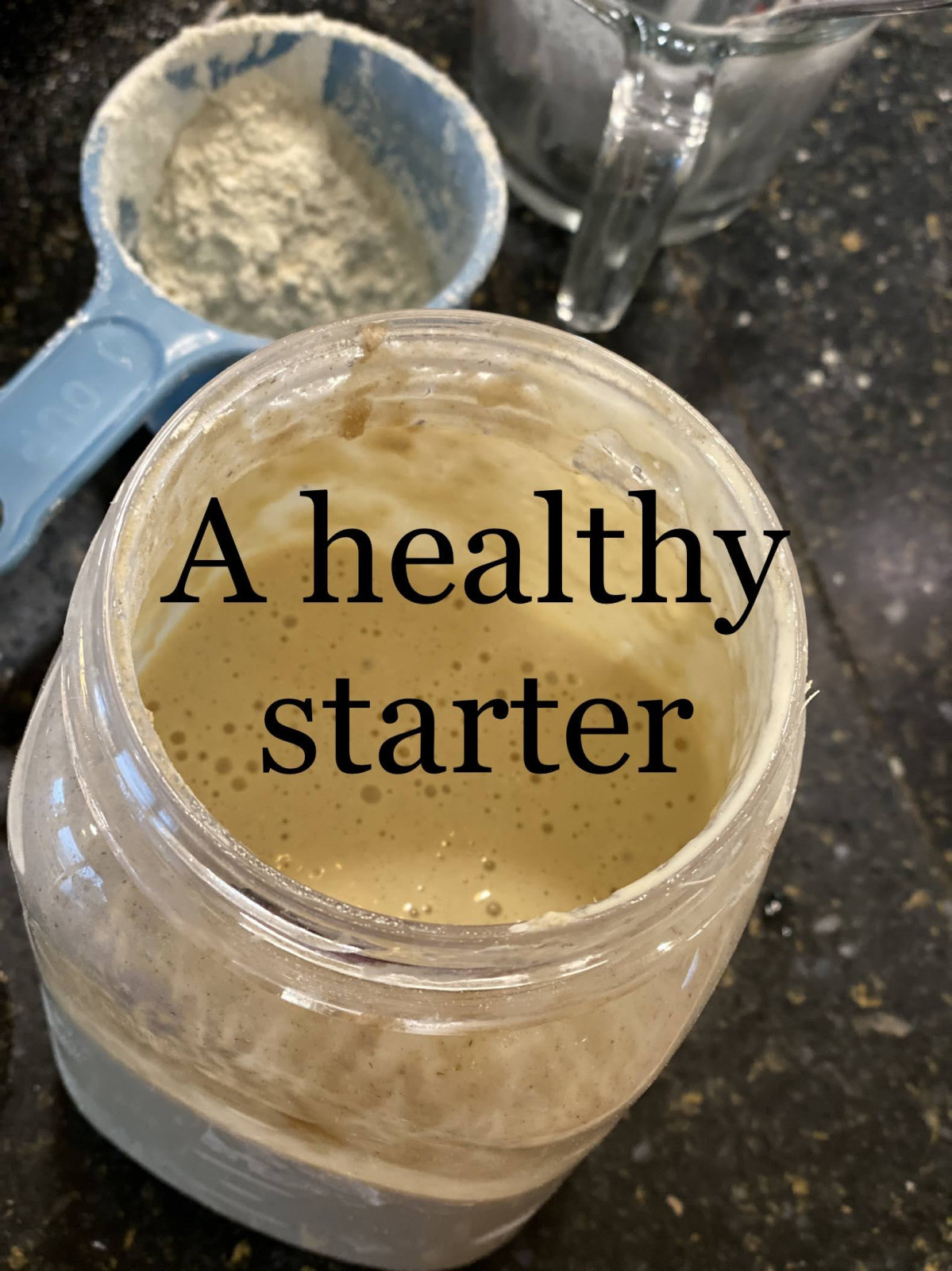
Sourdough bread has gained popularity recently due to its unique tangy flavor, potential health benefits, and artisanal appeal. At the heart of sourdough bread-making is the sourdough starter, a symbiotic culture of wild yeast and lactic acid bacteria that naturally occurs in the environment. Creating and maintaining a sourdough starter involves a simple process of combining whole grain flour and water, and allowing it to ferment through daily feedings.
The fermentation process is integral to sourdough bread, as it breaks down carbohydrates in the flour into simpler sugars while producing carbon dioxide and organic acids. This not only imparts the characteristic sour flavor, primarily from lactic acid and acetic acid, but also enhances the bread's texture and shelf life. Maintaining an active and healthy starter requires consistent feeding, the use of non-chlorinated water, quality flour, and careful temperature management.
Sourdough baking is a blend of art and science, demanding both patience and an understanding of microbial dynamics. By mastering the process of sourdough fermentation, bakers can explore a wide range of flavors and textures, making each loaf a testament to this ancient but continually evolving craft.




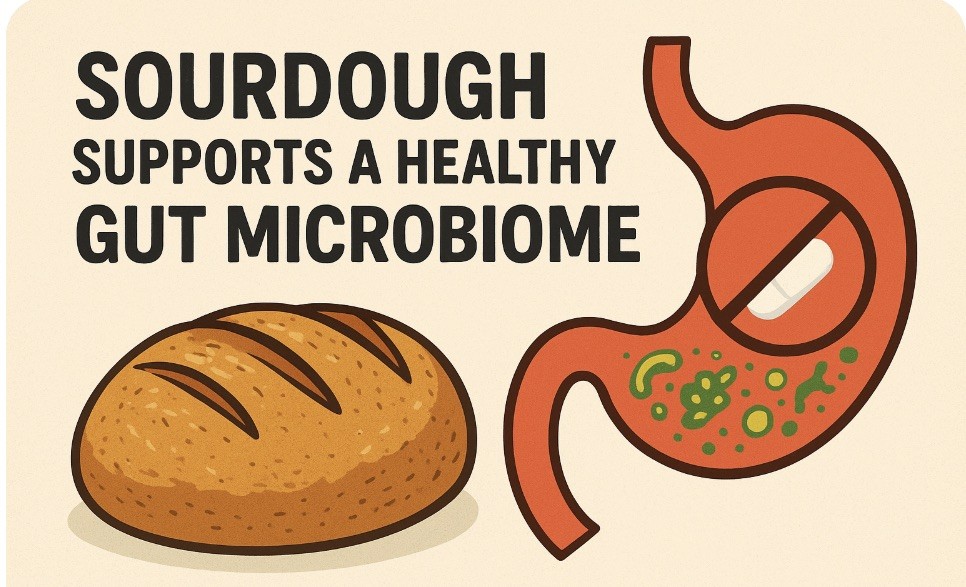
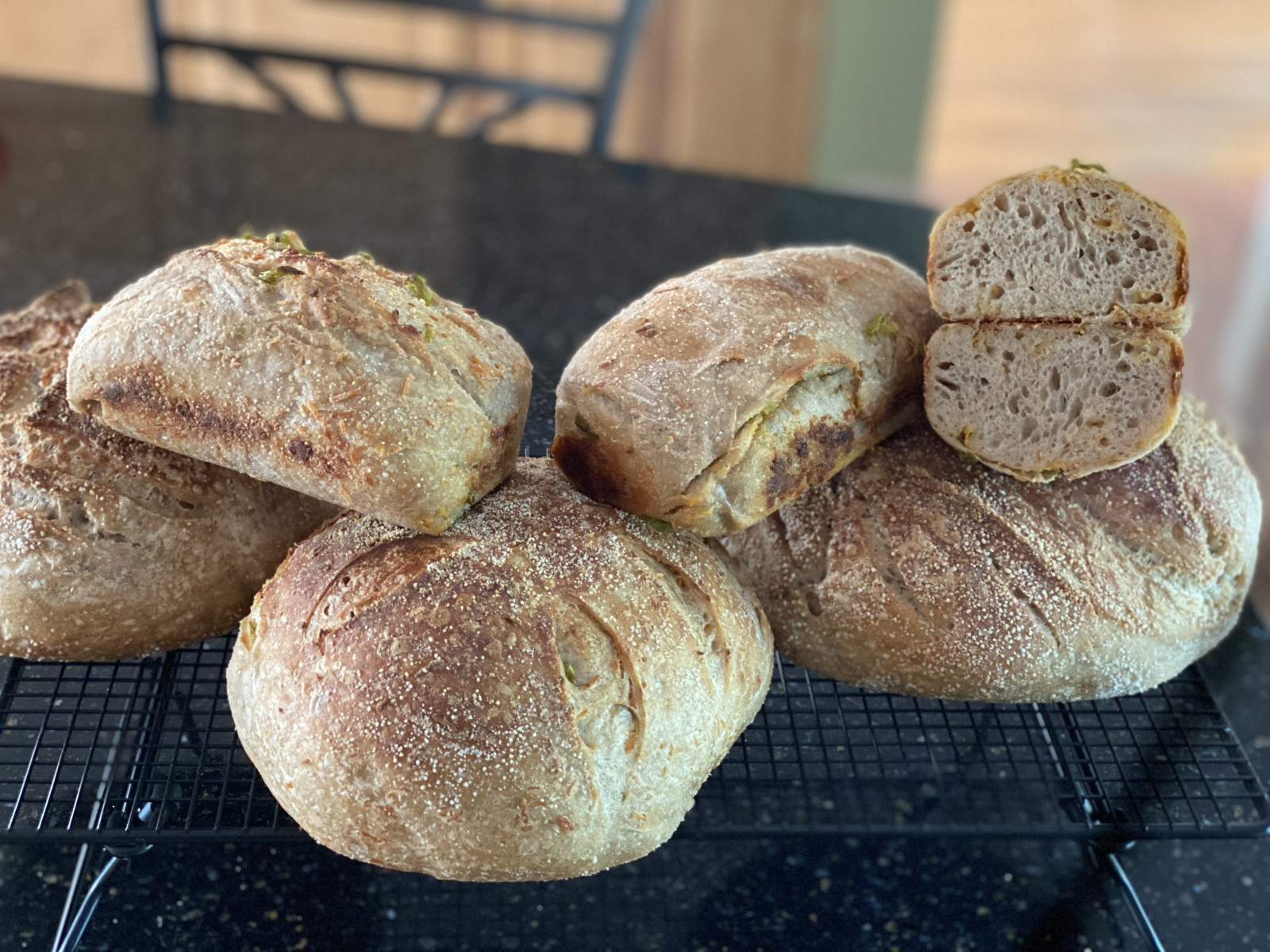

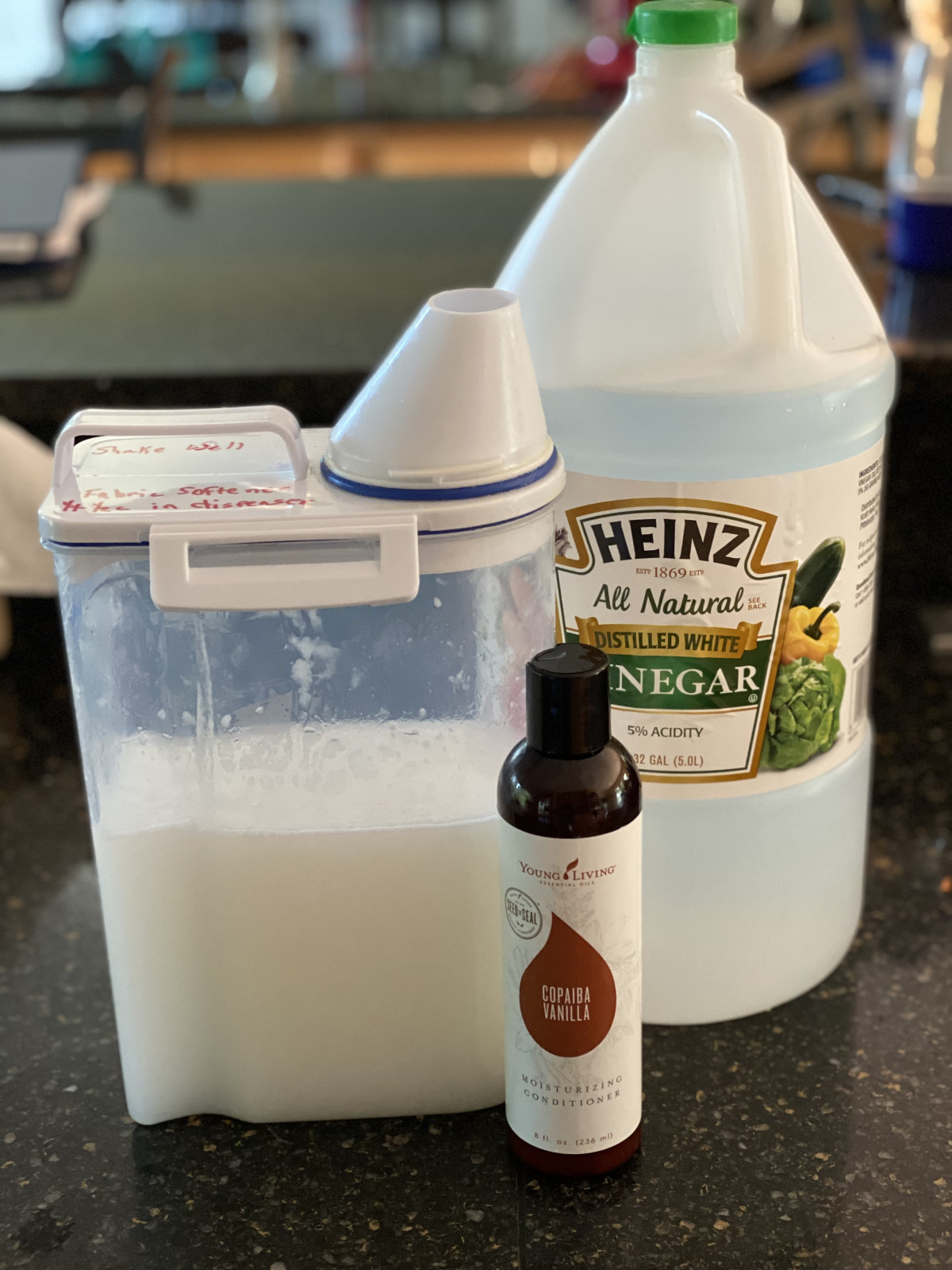

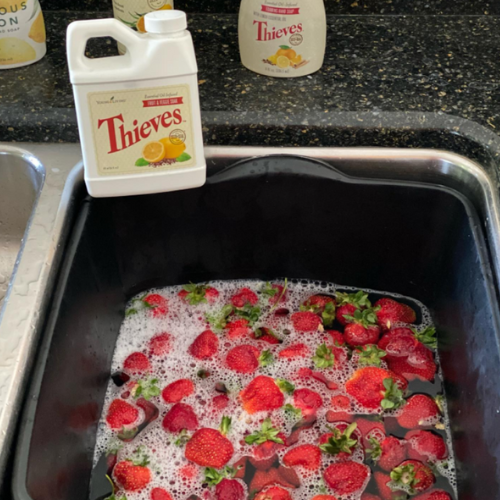




 Meet Me on Social Media
Meet Me on Social Media




